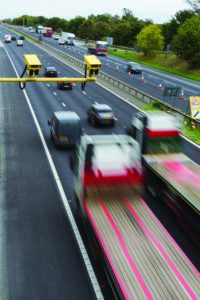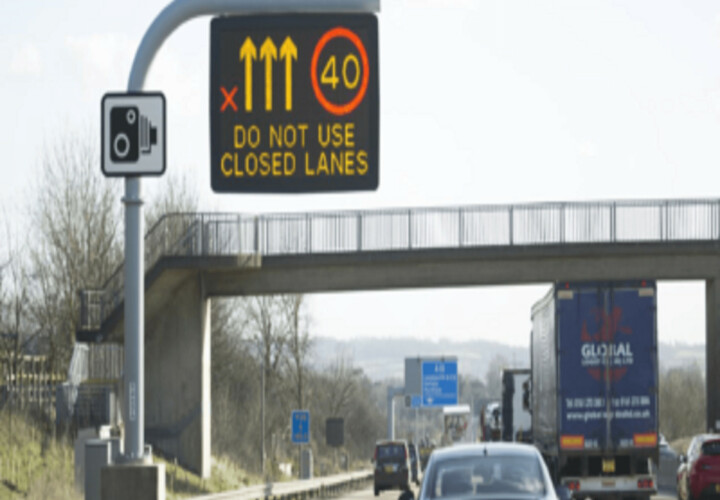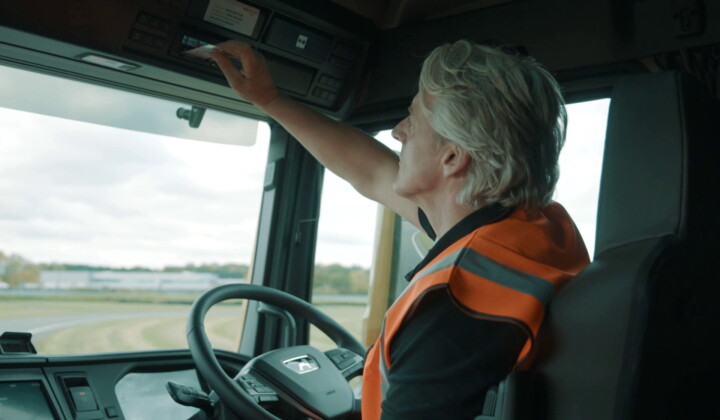 The Transport Secretary has announced 18 measures aimed at making smart motorways safer.
The Transport Secretary has announced 18 measures aimed at making smart motorways safer.
This follows analysis commissioned by the Transport Secretary which found that overall, data shows that the risks that are lower on smart motorways compared with conventional motorways include tailgating, rapid changes of vehicle speeds, vehicles drifting off the carriageway and vehicles being driven too fast. However, some risks are higher than on conventional motorways, for example the risk of a collision between a moving and stationary vehicle.
In order to address these risks, the Transport Secretary has unveiled a package of measures, which includes abolishing confusing ‘dynamic hard shoulder’ motorways and substantially speeding up the deployment of ‘stopped vehicle detection’ – a radar-based system which spots stationary vehicles – so that it is installed across the entire smart motorway network within 36 months.
This will enable broken down drivers to typically be detected within 20 seconds, with lanes closed more quickly.
The changes will also ensure that the distance between places to stop in an emergency is reduced to three-quarters of a mile where feasible, so that on future schemes, motorists should typically reach one every 45 seconds when travelling at 60mph with the maximum spacing being one mile.




